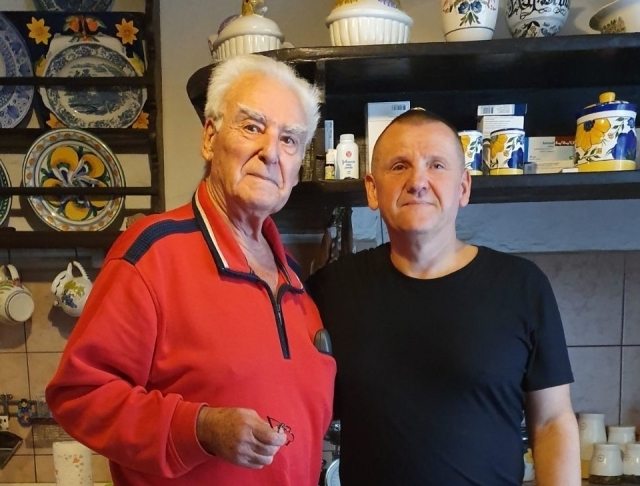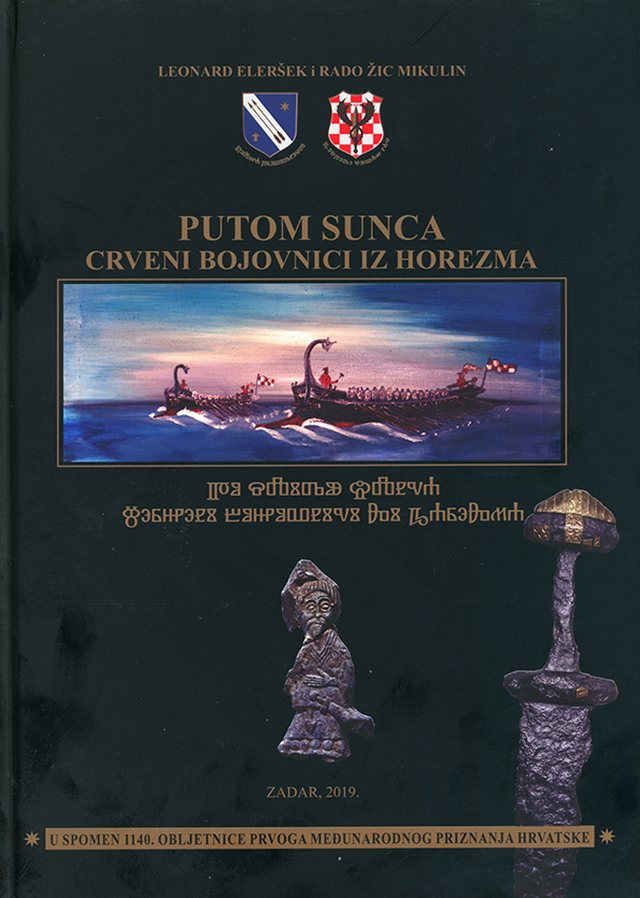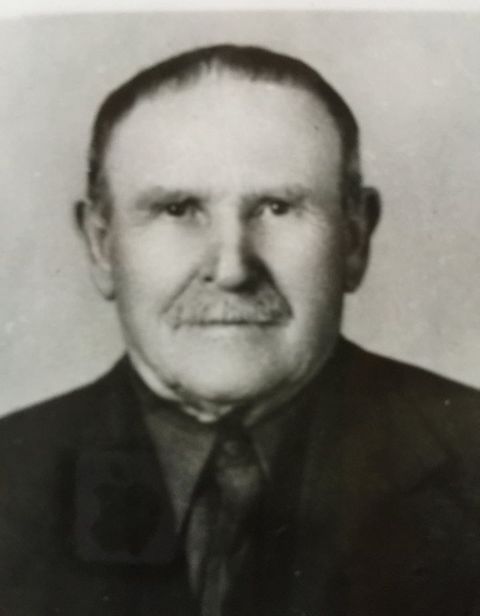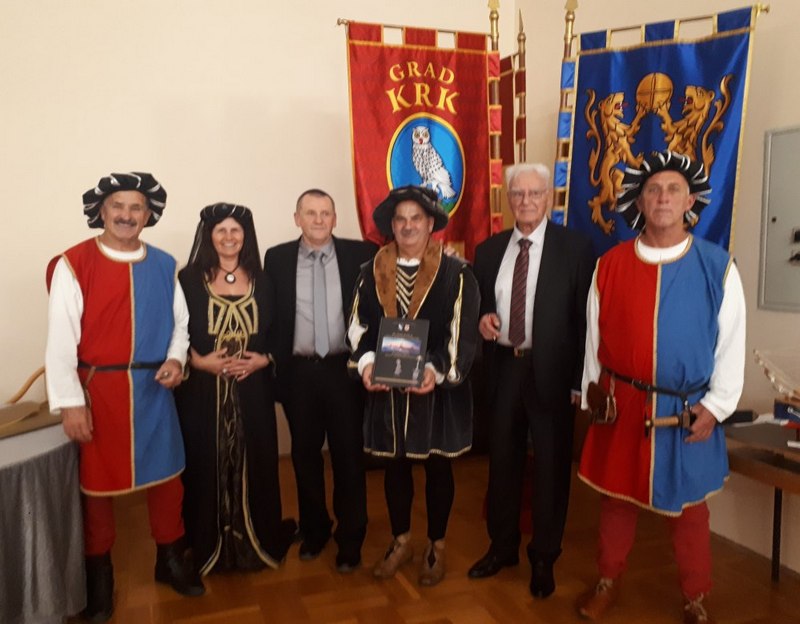Croatian folk saga "Following the Sun" discovered on the island of Krk beginning before the Christian era
http://www.croatia.org/crown/articles/11210/1/Croatian-folk-saga-quotFollowing-the-Sunquot-discovered-on-the-island-of-Krk-beginning-before-the-Christian-era.html
By Nenad N. Bach and Darko Žubrinić
Published on 03/20/2020




 | Rado Žic Mikulin and Leonard Eleršek are the authors of a monumental book Putom sunca (Following the Sun), dealing with the till now unknown saga from the island of Krk (the town of Punat) about the earliest Croatian history. It was registered by Rado Žic Mikulin from one of his grandfathers, and the saga has been passed to the present day from time immemorial. The saga starts before the Christian era, on the Tigris river. The authors provide a wealth of traditional verses from the island of Krk, as well as a number of very interesting old maps, describing the movement of Croatians to the coast of the Adriatic Sea. |
Put sunca (Following the Sun) monumental book written by Leonard Eleršek and Rado Žic Mikuin

Rado Žic Mikulin and Leonard Eleršek, authors of the book Put Sunca (Following the Sun),
published in 2019 by Matica hrvatska (Matrix croatica) in the city of Zadar.

Leonard Eleršek and Rado Žic Mikulin: Following the Sun / Red Wariors from Chorasmia, Zadar 2019
Mr. Rado Žic Mikulin, born in 1936 in the town of Punat on the island of Krk,
learned the saga from one of his grandfathers, and wrote it at the age of 16 (in 1951).

The name of the grandfather is Anton Mrakovčić Pavlić (1870-1953).

Mr. Leondard Eleršek and Rado Žic Mikulin in the city of Zadar,
among colleagues and friends dressed in traditional uniforms of the island of Krk.
Source www.primorskihrvat.hr
| About the authors
Generalities about the book The book has 495 pp, and is of monumental format: 21 x 30 cm. It consists of four chapters:
Croatian Glagolitic Script Parts of the book use Croatian Glagolitic Script, mainly for decorative purposes; for example, headlines of even numbered pages are printed in the Glagolitic. The authors use the font created by Nenad Hančić, Duesseldorf (his name should be mentioned in the new edition of the book). On p. 44 we can see a part of the folk poem Frankopan's feast, handwritten in the Croatian Glagolitic. Language of the book The saga is contained in Chapter 1, on pp. 78-263 of the book. The original čakavian text is contained on even numbered pages, while the corresponding contemporary Croatian text (štokavian) is placed on odd numbered pages. Poems and Stories from the Island of Krk (Chapter 3) This chapter is quite important. It reveals till now unknown folk stories dealing with various historical events during Croatian history. We mention a few of them (out of 21): The poem St. Lucy mentions the precise year 1080 (in 11th century) as the year when the benedictine Abbey of St. Lucy in Jurandvor near Baška on the island of Krk was completed, as well as the Baška Tablet. The authors announce that by the end of 2020, a much more extensive book dedicated to Croatian folk stories will be published, containing approximately 800 pages! Terminology The reachness of the chakavian language is amazing. Chakavian literature (written in Latin, as well as in Glagolitic scripts) is a backbone of Croatian literacy, going back to Middle Ages (the most distinguished representative is Marko Marulić), and living also today. Pictures The book is interspersed with numerous pictures and figures. Especially interesting are those referring to Croatian mariners and old ships. Maps On pp. 264-275, we can see various old European maps (some of the reproduced in color), from which one can see the travel of Croatians to their new homeland - the present day Croatia at the Adriatic coast. Additions The authors made a great effort to include a short descriptions of relevent notions appearing in the book. This is not just an Index of Notions, but also a small lexicon, helping the reader to better understand the rest of the book. Futhermore, a short presentation of scholarly studies of two scientists is included:
Summaries The book has summaries in as many as six languages: Croatian, English, Ukrainean, German, French, and Japanese. Publisher The book was published by Matica hrvatska (Matrix Croatica) in Zadar. Purchasing the book Those interested in purchasing the book may write to the first author, Mr. Leonard Eleršek: eler.zadar.hr@gmail.com Congratulations to the authors and to the publisher for very fine work! |